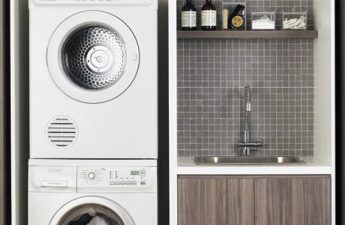Nowadays, more and more people work at home,computer. Such a home office should be carefully thought out and well organized. And then psychological comfort and productivity of work are guaranteed to you. In the age of the Internet, this type of employment as a remote job became very popular. In addition to obvious advantages, for example, a free schedule and the possibility not to languish in traffic jams on the way to the office, this kind of activity also has some disadvantages. One of them is the need to organize a workplace in their own house or apartment. An incorrect approach to this issue can lead to a number of problems: violation of interior harmony, psychological discomfort, a decline in labor efficiency. To avoid possible troubles and create an ideal home office, we suggest you use our recommendations.
Choose the right place
The home office should be static.Running from room to room with a laptop in hand will negatively affect your productivity. Therefore, analyze all the options and determine the most suitable place, which from now on will become your workspace. The main selection criterion should be privacy. While working in your home office, you should not be disturbed by other household members. Therefore, even if the kitchen has a very comfortable table at which, as you think, you could settle down, forget about this idea. The ideal solution is a separate room, but if there is no free space in the house, consider other options: under the stairs, in the attic, on the balcony, in the bedroom (it is more often used at night, so it can be quite calm during the day). 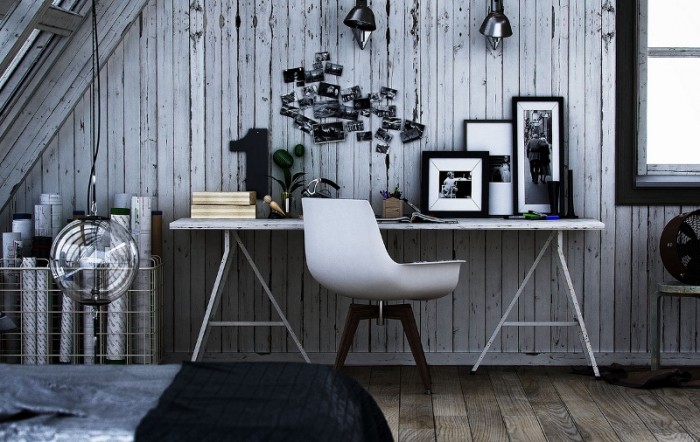
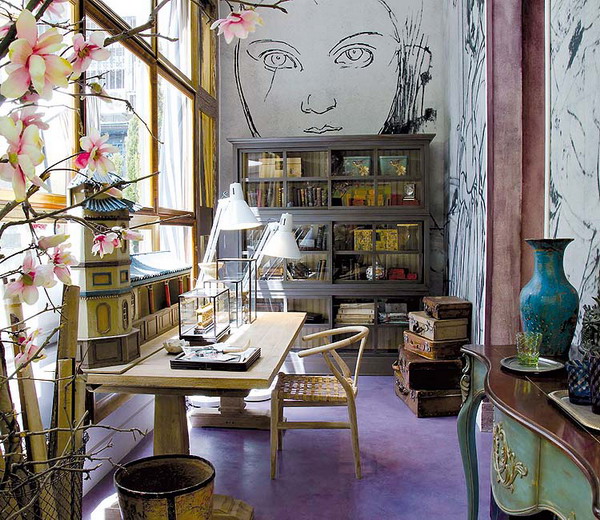
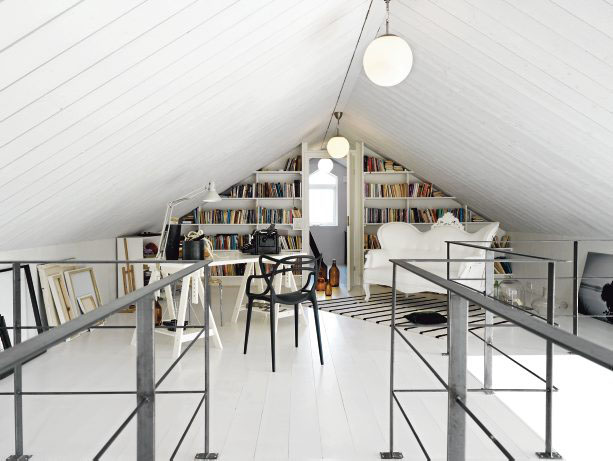
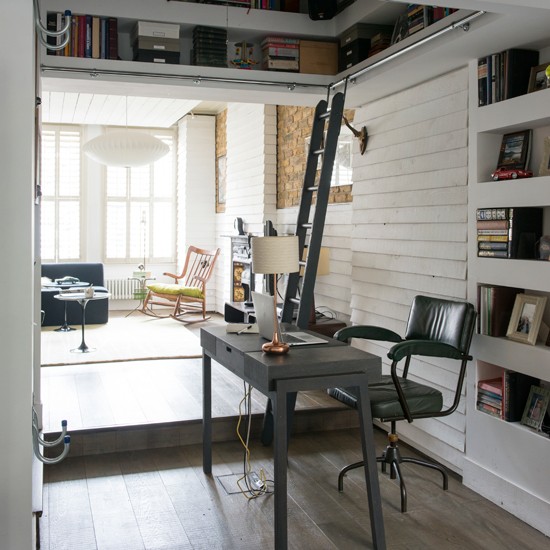
Buy a table
Creative ideas for use as a workerwindowsill tables, nightstands and bookshelves are good only for those who use a computer only to send mail or view statuses on social networks. If you plan to work daily and for several hours, you cannot do without a full-fledged comfortable table and, of course, a chair. Perhaps your household already has a piece of furniture that meets all the ergonomic requirements, but if not, be sure to purchase it. After all, a comfortable workplace is the key to your productive working day. For small rooms with complex geometries, custom-made furniture according to individual measurements is the ideal solution. 

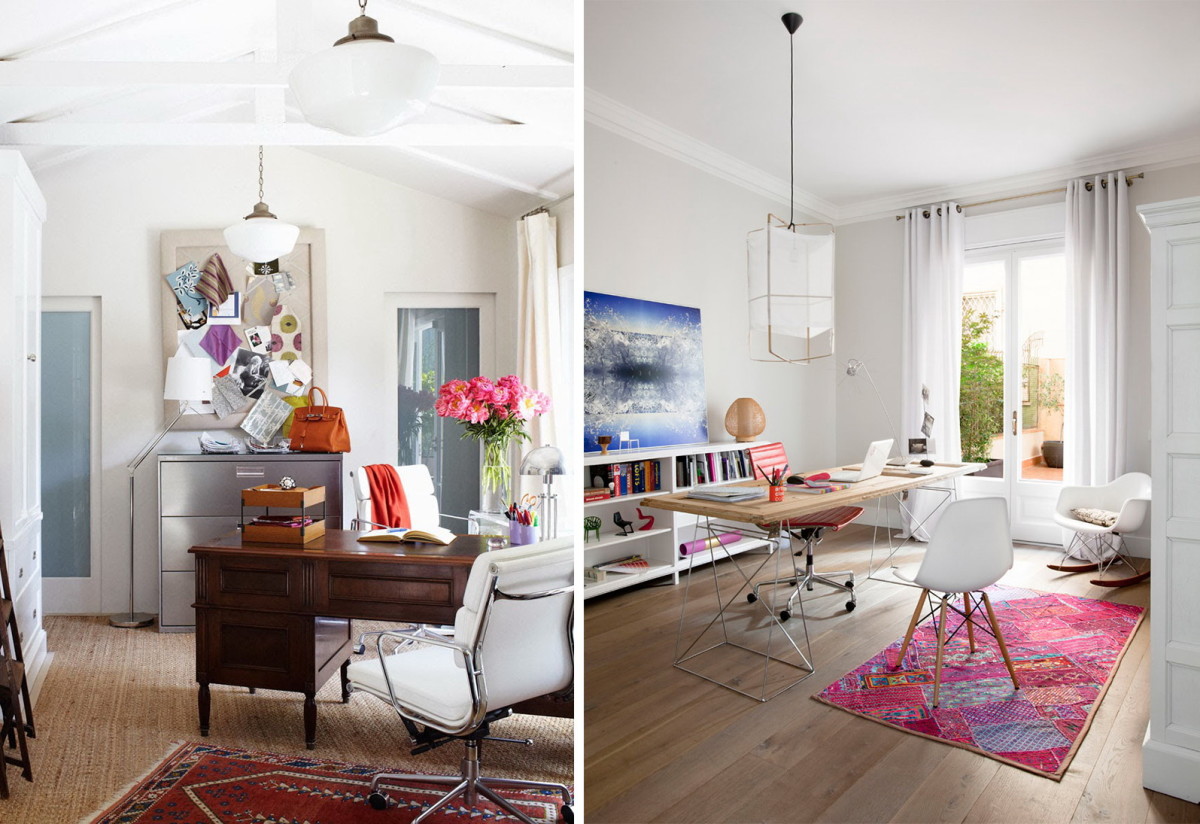
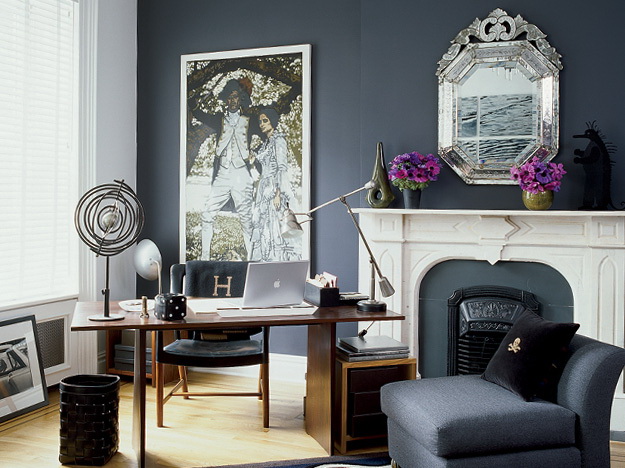
Remove excess
There is no need to decorate the workplace with differentdecorative trifles of a personal nature to feel more comfortable - after all, you are already at home. Remember, the risk of clutter in a home office is significantly higher than in a corporate office. An unwashed plate, a handkerchief, your favorite book or magazine, a teddy bear - all these little things that invisibly penetrate into your workspace, also imperceptibly create a constant and negatively affecting your work feeling of a mess. Therefore, leave only the essentials on the table: frequently used stationery, documents and office equipment. After you free the desktop from everything unnecessary and free space appears on it, you can put one beautiful decorative thing as a gift for yourself, on which your gaze can take a break from the monitor screen. 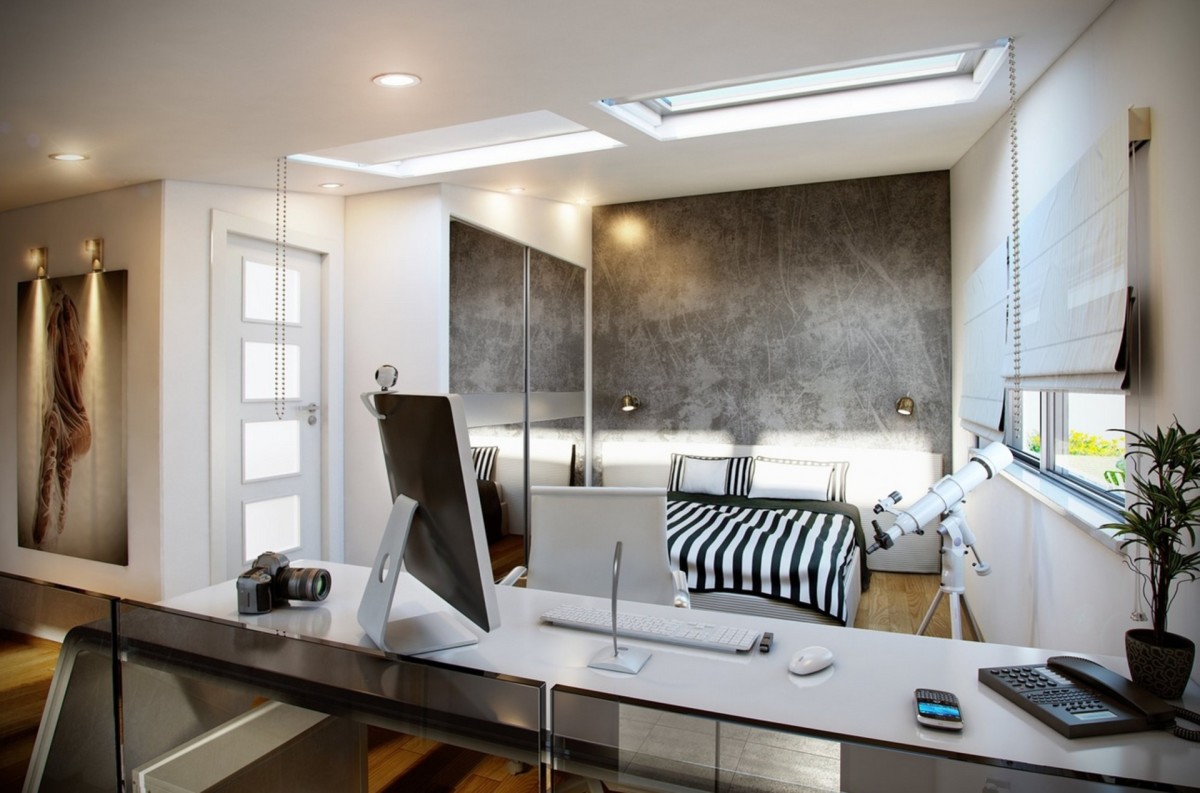
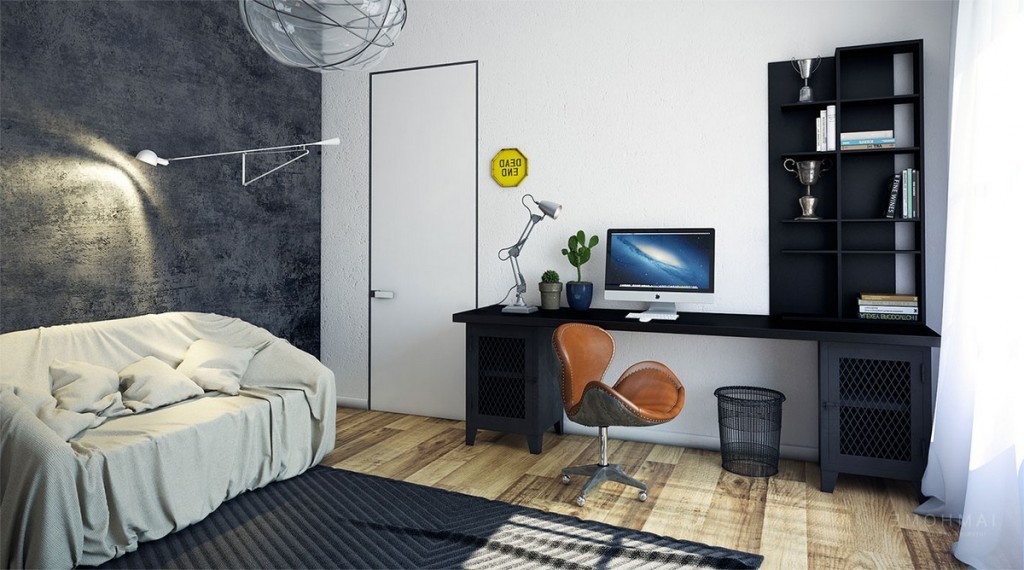
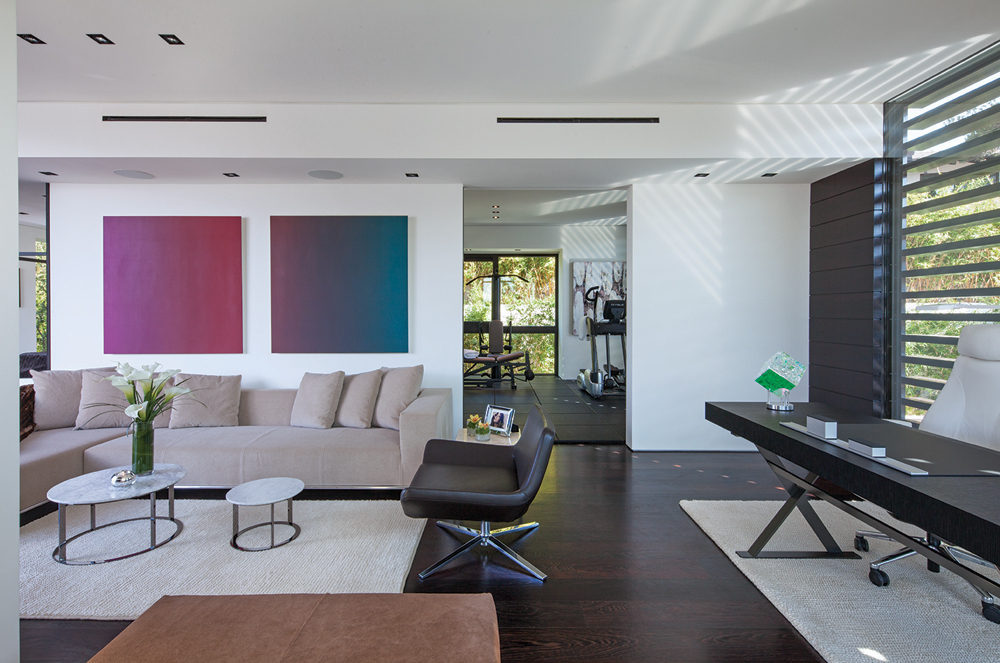
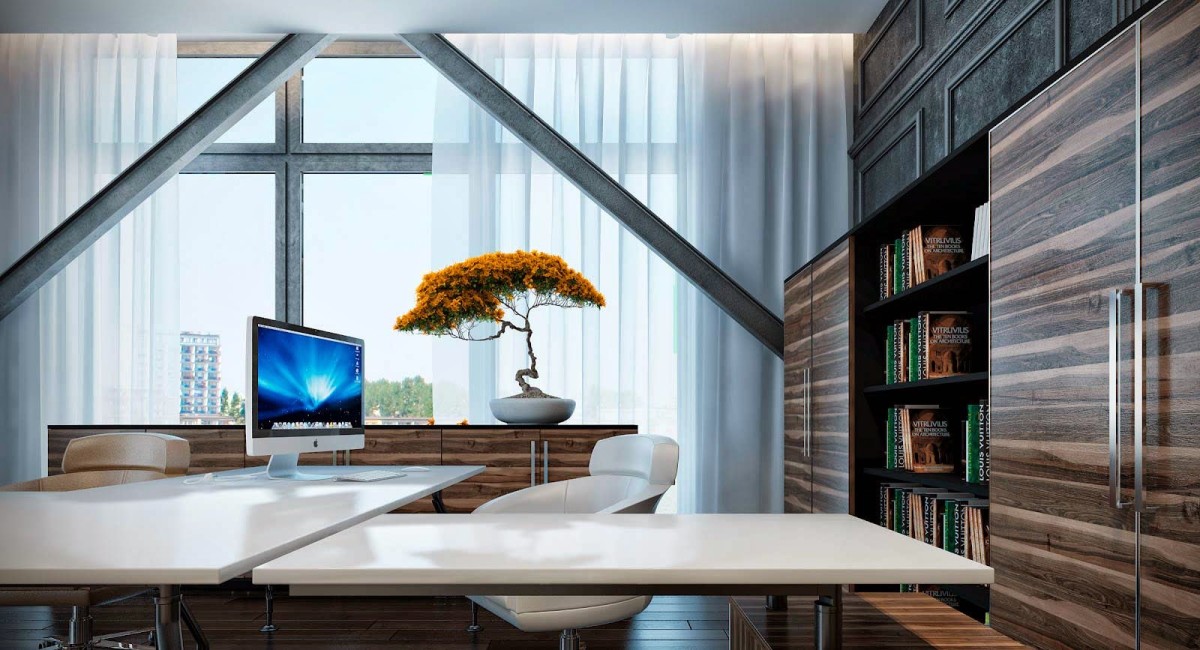
Consider Lighting
The best option in terms of healthis work in daylight. Therefore, it is desirable that the home office is located in close proximity to the window. However, if you put the desktop in a secluded but dark corner, or plan to work at night, try to provide the most effective artificial lighting. Remember that the light should fall on the working surface of the table, and not hit you in the eyes. It is also desirable to be able to implement several light scenarios that you will use depending on the change in the natural light of the room. 
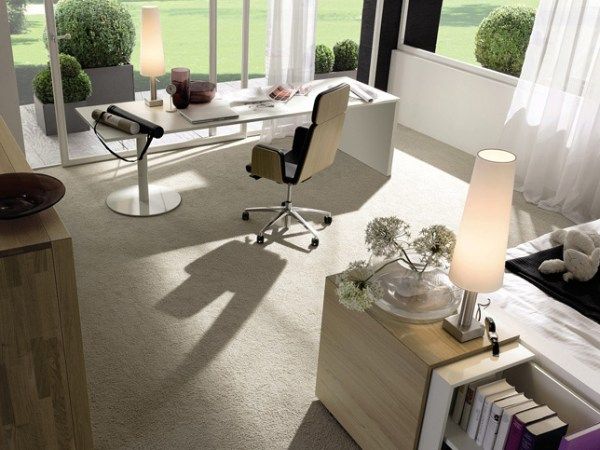
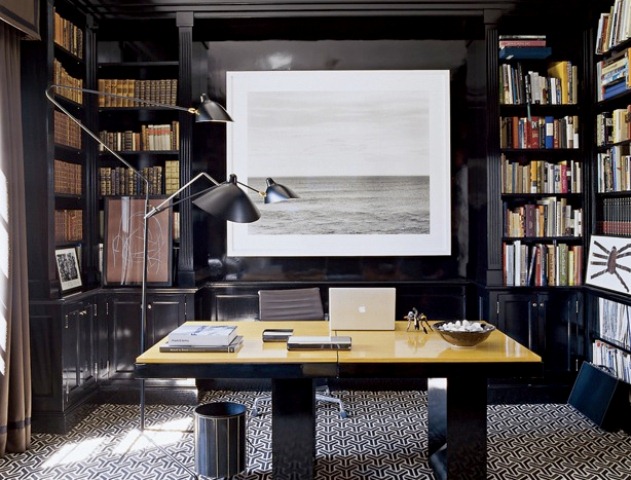
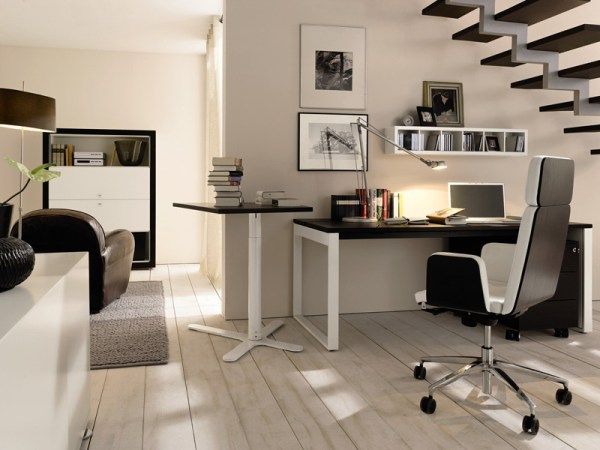
Organize your storage system
If you plan to use in your work notonly a computer, but also paper carriers (books, documents), you need to think over the storage system. It can consist of a variety of combinations of shelves, baskets, boxes and textile pockets. 
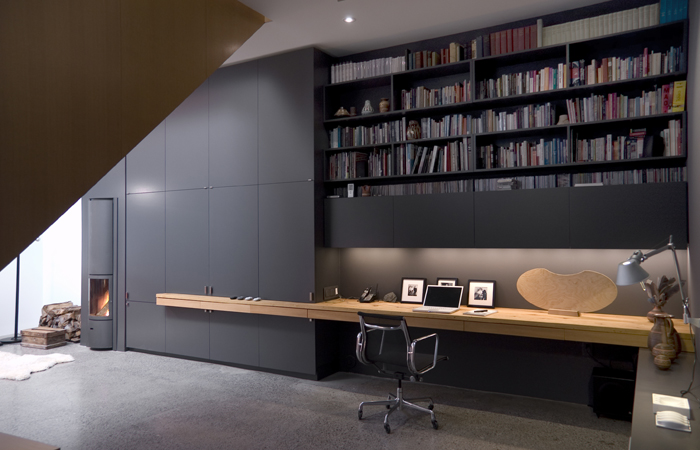
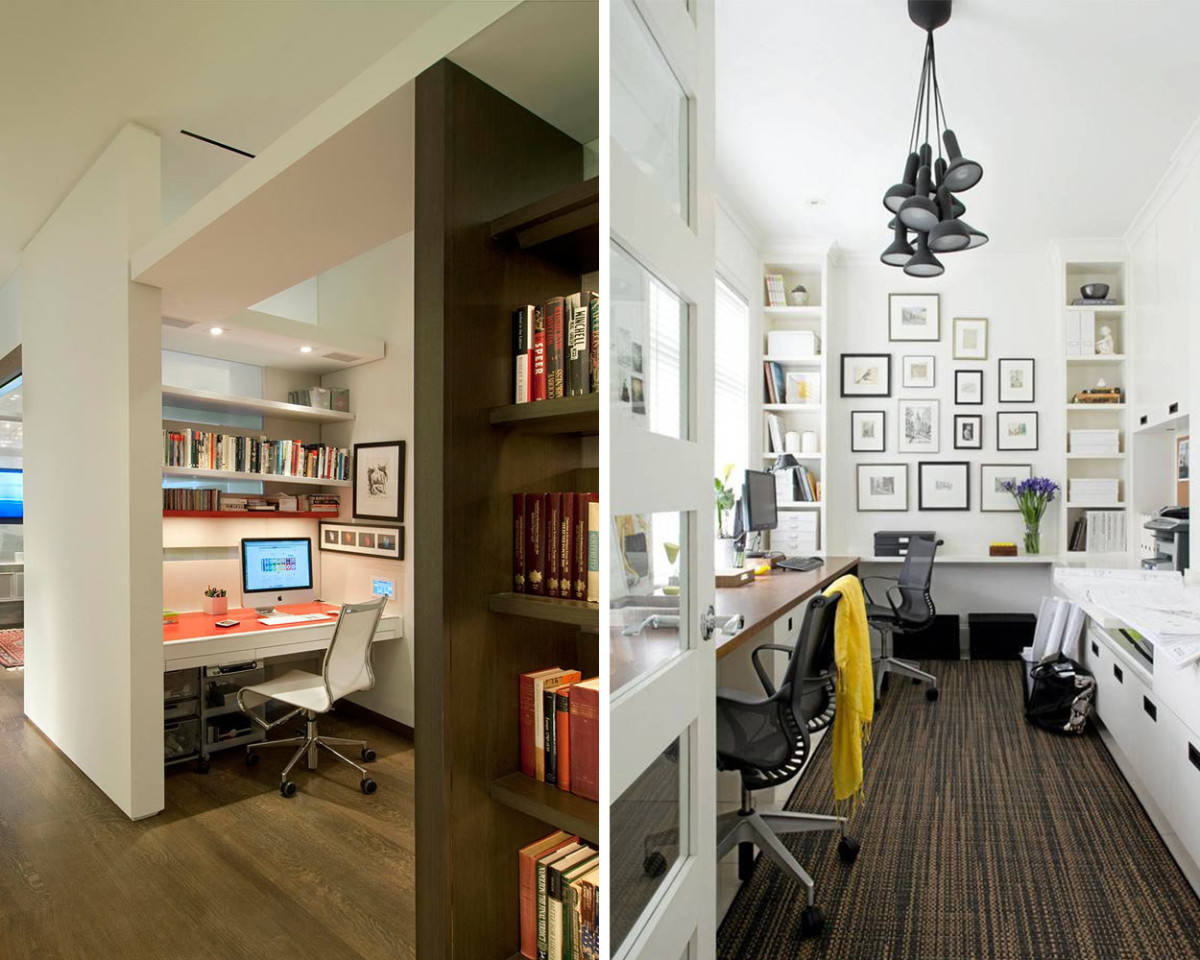
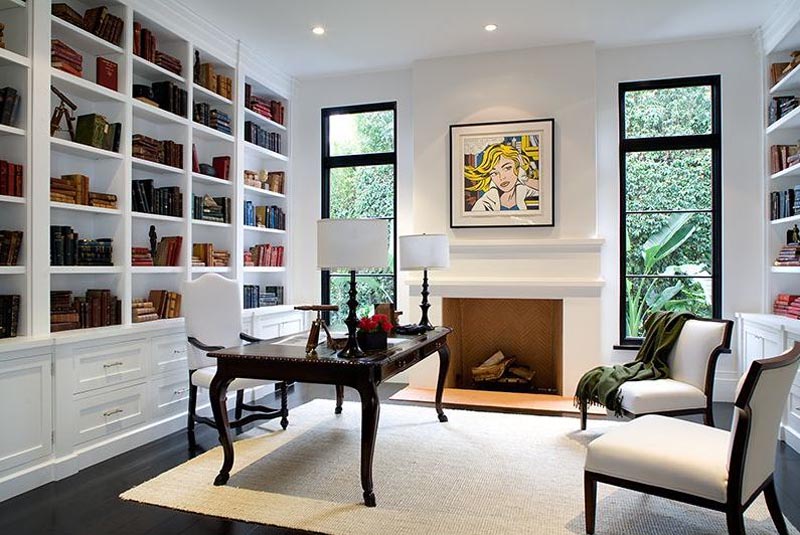
There are a lot of options, but there are some universal requirements:
pinterest.com

